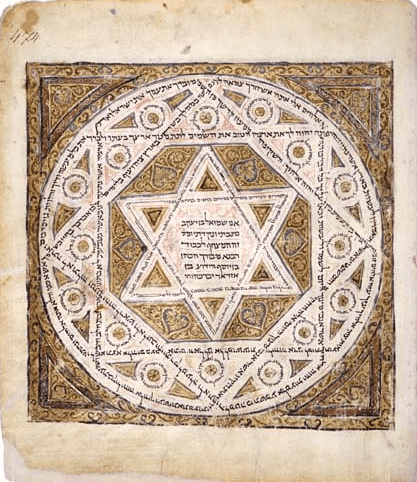During his presidency, George W. Bush formally declared May as Jewish American Heritage Month, in 2006. This month recognizes Jewish people who are living in and contributing to the social fabric of the United States.
Originally, there was Jewish Heritage Week, which began in the 1980s under President Carter. Since Bush’s proclamation, every president of the United States has followed suit.
There are many fun facts about Jewish culture that not many people know. So, seeing as it’s May, put your knowledge to the test in honor of Jewish American Heritage Month with these interesting facts. Plus, learn how to uncover more fascinating details about Jewish American life. Maybe you’ll find information regarding your own ancestors!

World-Renowned Jewish Americans
When people typically think of influential Jewish Americans, they think of people in the entertainment industry or politicians. After all, there were three Jewish Americans who announced their candidacy for the 2020 presidential election, as reported by the Washington Monthly:
- Vermont Senator Bernie Sanders
- New York City Mayor Mike Bloomberg
- Colorado Senator Michael Bennet
While all three men have dropped out of the race, it is still a testament to Jewish Americans’ liberalism to have multiple candidates running in the Democratic primary election. Keep reading to find out about more powerful Jewish Americans and their life-changing work.
Inventors
Many incredible inventions came to be because of Jewish contribution s – including, but not limited to, the following innovators:
- Abraham Nemeth: Blind from birth, he developed the Nemeth Braille Code for Mathematics and Science Notation in 1946, helping people without sight be able to read, write, and solve complex math problems.
- Robert Adler: Originally invented as a device to tune out TV commercials in the 1950s, which he called the Space Command, Adler updated his invention in the 1960s to use ultrasonic signals instead of sound waves, effectively making a TV remote control. Later in his life he developed infrared systems and, at the time of his death, had recently filed a patent for touch-screen technology.
- Ruth Marianna Handler: Handler was more than the president of the toy manufacturer Mattel, a job rarely held by women – she also was the inventor of the Barbie doll. She was diagnosed with breast cancer in 1970, about ten years into her business, and was frustrated by how hard it was to find a good post-mastectomy prosthesis. She decided to make her own, and then went on to found a prosthesis manufacturing company called Ruthton Corp.
- Ralph Baer: He created the Brown Box, which was the first multi-player, multi-program video game you could play on your TV. He licensed the system to Magnaox, and in 1972, it was released as the Magnavox Odyssey.
Other Bright Minds
The descriptions of inventors may have held some fun facts about Jewish culture you didn’t know, but chances are, these next two names are going to be very familiar to you. You might not have realized, however, that these two people also have a Jewish background: Albert Einstein, the theoretical physicist who developed the theory of relativity; and Ruth Bader Ginsburg, the feminist icon, lawyer, and Associate Justice of the U.S. Supreme Court.
Did you know the woman whose poetry is engraved on the Statue of Liberty was Jewish? Emma Lazarus’s sonnet “The New Colossus,” has these famous lines:
“Give me your tired, your poor,
Your huddled masses yearning to breathe free,
The wretched refuse of your teeming shore.
Send these, the homeless, the tempest-tost to me,
I lift my lamp beside the golden door!”
Fast Facts
Check out these facts about Jewish American culture:
- The first Jewish community who settled in the United States were Dutch, and had been staying in Brazil until the Portuguese regained control of the region.
- The bagel was brought to the United States by Jewish immigrants from Poland in the late 19th-century.
- In 1783, the Jewish population of Philadelphia, Pennsylvania, came together to establish the first immigrant aid society in the United States.
- In 1940, Pepsi released an ad campaign that said, “Kosher for Passover,” which is now held in the National Museum of American History.
Celebrate Jewish Heritage
Jewish American Heritage Month is a time to celebrate Jewish heritage and Jewish contributions to American culture. Part of connecting with your heritage includes taking a look at the generations before you, learning about who they were and what their lives were like.
With over two billion genealogy records, GenealogyBank makes it easy to trace your family’s history. There’s even a section with specific tools to help you discover your Jewish American ancestry, like searching a massive archive of stories published in Jewish American newspapers. This Jewish American Heritage Month, connect with your past in order to better celebrate your present.
Explore over 330 years of newspapers and historical records in GenealogyBank. Discover your family story! Start a 7-Day Free Trial
Sources:
- Washington Monthly: Finally, Good News for the Jews.
- The Statue of Liberty-Ellis Island Foundation: The New Colossus.
- National Museum of American History: 6 Jewish American Objects for Jewish American Heritage Month.
Related Articles:
